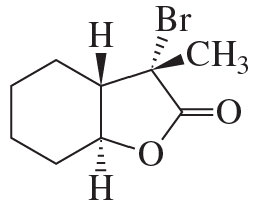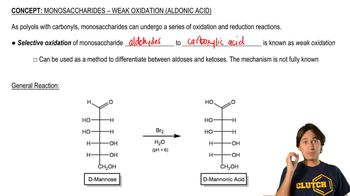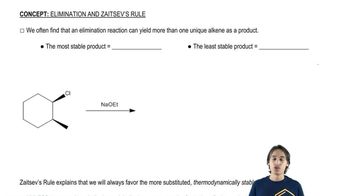Give the substitution and elimination products you would expect from the following reactions.
a. 3-bromo-3-ethylpentane heated in methanol

 Verified step by step guidance
Verified step by step guidance Verified video answer for a similar problem:
Verified video answer for a similar problem:



 2:27m
2:27mMaster Overview of the flowchart. with a bite sized video explanation from Johnny
Start learning